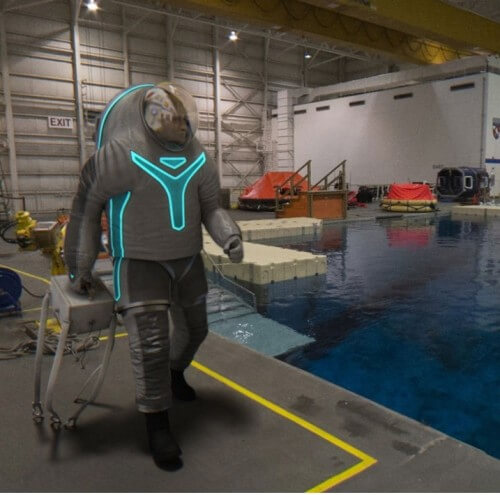The suit, known as Z-2, will move to the testing phase next year
The futuristic suit in the picture is the winning version of the Z-2 space suit prototype competition held by NASA. The so-called "Technology" version was the most popular in an online contest held by the agency to choose from three prototypes, garnering 62% of the 233,431 voters.

Although this suit will not serve in space, NASA says that the next-generation prototype will help design future space suits, and it will also go through a set of experiments that will include a test in a vacuum, immersion in a pool at NASA's Neutral Buoyancy Laboratory, and a simulated area at the Johnson Space Center. the surface of Mars.
"When NASA plans a route to Mars, the work on developing the technologies that will one day be used by people who will live and work on Mars has already begun. Each version of the Z series will advance new technologies that will one day be used in the suit worn by the first people to set foot on the Red Planet," says NASA.
More details published by NASA about the new space suit:
• The suit will be equipped with special patches that will emit light, so that it will be easier to identify the astronauts during the activity.
• This will be the first space suit designed to allow movement on the surface of a planet that will be tested in a complete vacuum.
• The first use of a XNUMXD laser scan of a human body and which will be printed on a XNUMXD printer for the purpose of developing the suit and adapting it to the astronaut's measurements.
• The main use of advanced composite materials to prevent the impact of objects and meteorites on the upper and lower part of the body of the suit (not including the limbs and head).
• A first combination of its kind that allows you to go outside by stiffening the upper part of the suit structure
• Possibility of adjustment for comfort and changing the size of the upper part of the suit

One response
I wonder if the future suit will include the possibility of filtering direct sunlight, and whether it will contain information that is displayed on the helmet, and whether there will be automatic leakage sealing in the event of a part of the suit being punctured.